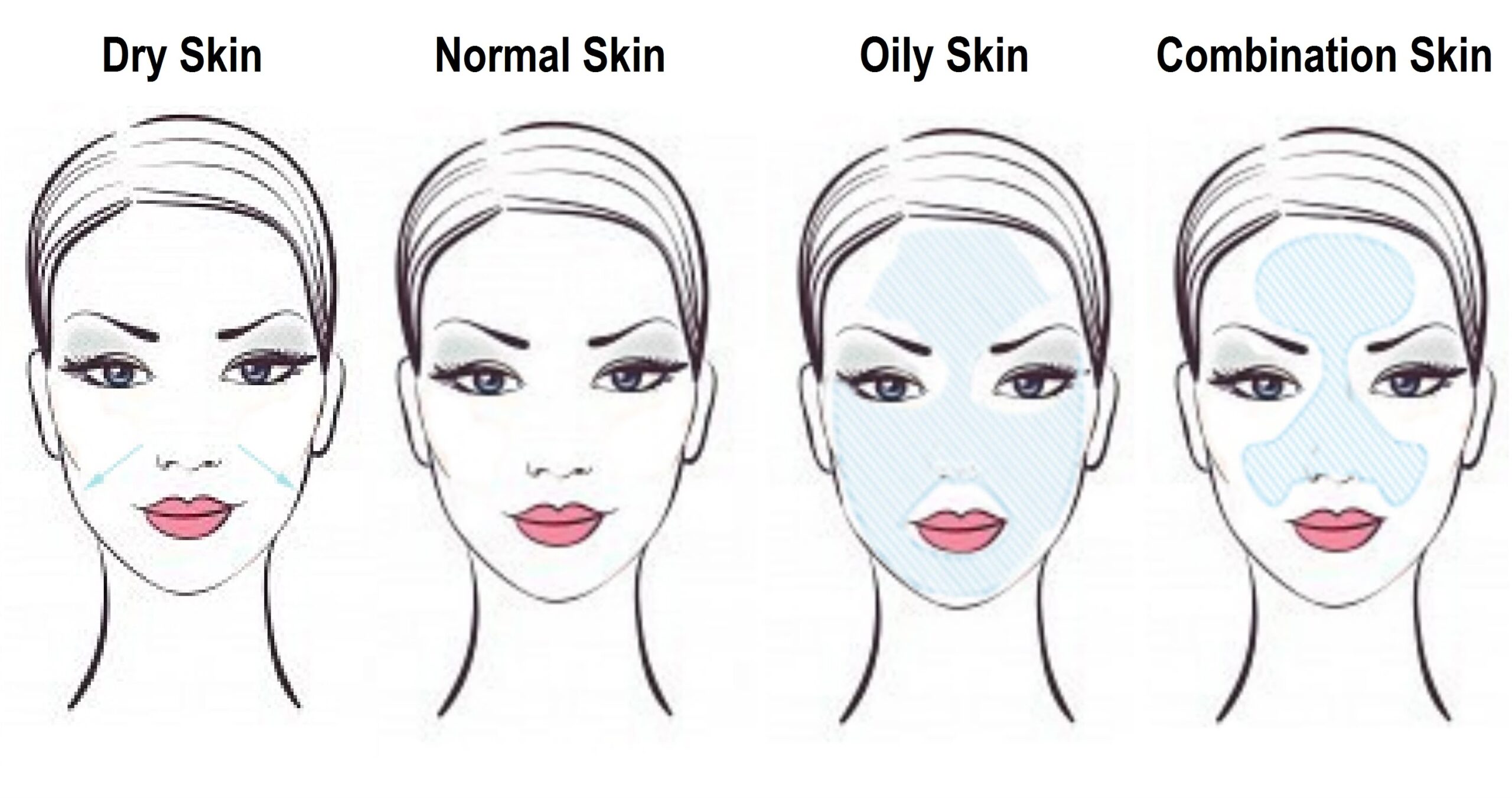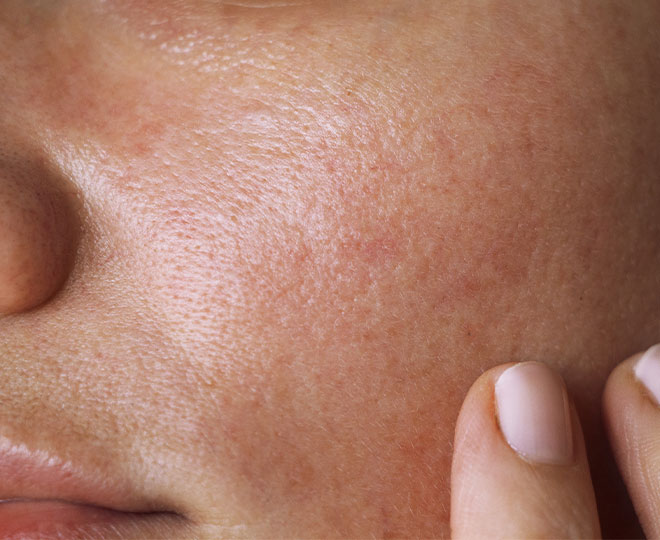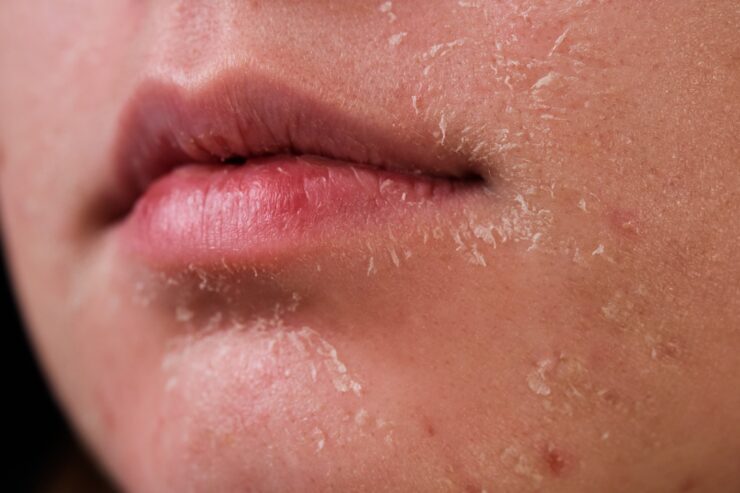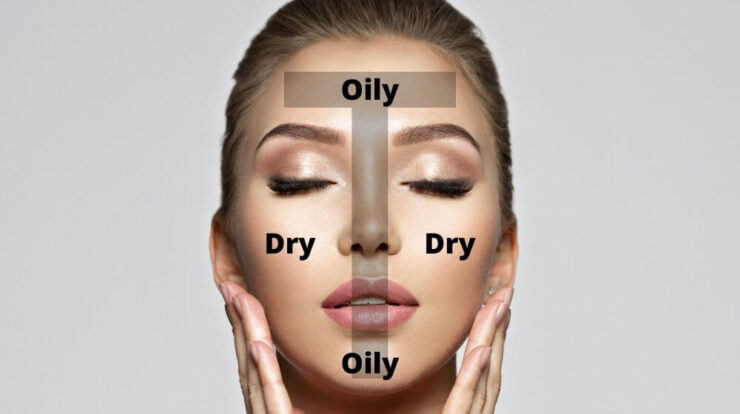As we navigate through the bustling beauty and skincare industry, understanding our unique skin type plays an integral role in helping us select the right products and routines. Using skincare products tailored to your skin type can significantly improve your skin’s health and appearance. This article serves as a comprehensive guide to help you identify your skin type and provide effective care.
The Basics of Skin Types

Skin types are broadly classified into four main categories: oily, dry, combination, and normal. Your skin type is determined by various factors, including genetics, environment, and hormonal fluctuations.
Oily skin is characterized by enlarged pores and an excess production of sebum, often leading to issues like acne. On the other hand, dry skin has a lack of sebum, causing a tight, rough, and flaky appearance. Combination skin, as the name suggests, exhibits traits of both oily and dry skin, typically oily in the T-zone (forehead, nose, and chin) and dry on the cheeks. Lastly, normal skin represents a balanced state with minimal issues, but it still requires consistent care to maintain its health.
Identifying Your Skin Type
Identifying your skin type can be as simple as observing your skin. Look out for visual indicators like shine (indicative of oiliness), rough texture, pore size, and reactions to products or environmental factors. A simple at-home test is the “blotting paper test”, where oil absorption indicates skin oiliness, and minimal to no oil signifies dry or normal skin.
Oily Skin

Excess sebum production defines oily skin, leading to a shiny appearance, enlarged pores, and a higher propensity for acne and blackheads. Managing oily skin requires a regimen focusing on gentle cleansing, using non-comedogenic products, and treatments that control oil production. Read more to learn more on oily skin management. Products with ingredients like salicylic acid, niacinamide, and clay can help reduce excess oil and unclog pores.
Dry Skin

Dry skin lacks necessary oil, leading to a tight, rough, or flaky appearance. Hydrating and nourishing dry skin effectively includes gentle cleansing, selecting moisturizers rich in hyaluronic acid, ceramides, and glycerin. Regular use of occlusive agents like shea butter can also prevent moisture loss, providing long-lasting hydration.
Combination Skin

Combination skin is marked by a distinct T-zone and cheek contrast, with the former being oily and the latter dry. Skincare strategies for this skin type include using balancing cleansers, targeted moisturizing, and treating each zone according to its needs. You may require oil-free moisturizers for your T-zone and a nourishing cream for your cheeks.
Normal Skin

Normal skin, while relatively trouble-free with its balanced oil production, small pores, and healthy appearance, still necessitates consistent care. A skincare routine encompassing cleansing, toning, moisturizing, and regular sun protection can help maintain its health.
Tailoring Skincare for Different Skin Types

Creating a personalized skincare routine based on your skin type is essential. Key steps involve cleansing, exfoliating, moisturizing, and applying sun protection, each requiring products suitable for your specific skin type. What may work for one person may not necessarily work for you.
Additional Considerations
Special concerns such as sensitive skin, aging skin, and skincare for men need to be addressed. Adjust your skincare routine and product selection accordingly. For instance, sensitive skin may require hypoallergenic and fragrance-free products, while aging skin might benefit from products enriched with retinol and peptides.
Navigating the Skincare Product Landscape
The world of skincare products is as diverse as skin types themselves. From cleansers, toners, serums, to moisturizers and sunscreens, each product plays a unique role in a comprehensive skincare routine. However, the effectiveness of these products is not universal and depends largely on the specific needs of your skin type.
For oily skin, look for products labeled “non-comedogenic” or “oil-free.” These products won’t clog pores, reducing the chances of acne breakouts. Ingredients like salicylic acid and benzoyl peroxide can help manage oil production and tackle acne-causing bacteria.
Dry skin, on the other hand, requires extra nourishment and hydration. Products with ingredients such as hyaluronic acid, ceramides, and glycerin can provide much-needed moisture, while those with occlusive agents like shea butter and lanolin can help seal in moisture and prevent water loss from the skin.
When it comes to combination skin, finding balance is key. Using lighter, water-based moisturizers in oily areas and richer, more nourishing creams in dry areas can help maintain skin equilibrium.
Normal skin types, despite being the least problematic, still need regular care. Aim for a balanced skincare regimen that includes a gentle cleanser, a toner to maintain skin pH, a lightweight moisturizer, and a broad-spectrum sunscreen.
Importance of Exfoliation
Exfoliation is a critical step that often gets overlooked in skincare routines. It helps remove dead skin cells, unclog pores, and allow other skincare products to penetrate more deeply and work more effectively. However, the frequency and type of exfoliation required depends on your skin type.
Oily and normal skin types can tolerate exfoliation 2-3 times per week, using either chemical exfoliants (like alpha and beta hydroxy acids) or physical ones (like scrubs). Dry skin, being more sensitive, might only need exfoliating once a week using a gentle, chemical-based exfoliant. As for combination skin, it might require variable exfoliation with different products for different areas of the face.
Considering Your Lifestyle and Environment

Your skin type isn’t the only factor that dictates your skincare routine. Lifestyle and environment also play a significant role. Factors like diet, stress levels, sleep patterns, and climate can impact your skin’s health and its needs. For example, if you live in a dry climate or work in an air-conditioned environment, even oily skin might require additional hydration.
The Role of Professional Consultation
While there are numerous resources and products available to help you care for your skin, professional advice can be invaluable, especially when dealing with specific skin concerns. Dermatologists and certified skincare specialists can provide personalized advice based on a detailed understanding of your skin. They can also recommend treatments and products not available over the counter.
In conclusion, understanding your unique skin type and its specific needs can elevate your skincare routine from a daily chore to a customized ritual that brings visible results. Don’t hesitate to experiment with different products and techniques, but always prioritize the health of your skin. Consult with a professional for personalized advice and remember, the journey to achieving healthy skin is a marathon, not a sprint. Celebrate each step forward and enjoy the process!
Related Posts:
- 20 Best Gaming Headset Under 50$ 2024 - for PC, PS4,…
- 15 Best Dog Food For Allergies 2024 - Adult, Puppy…
- 12 Best Car Wax For Black Cars 2024 - Protection and…
- Top 10 Best Office Chair Under 100 2024 - Cheap,…
- Top 16 Best Office Chair Covers 2024 - Chair…
- Top 10 Best Dog Nail Grinder 2024 - Best Care for Your Pet







